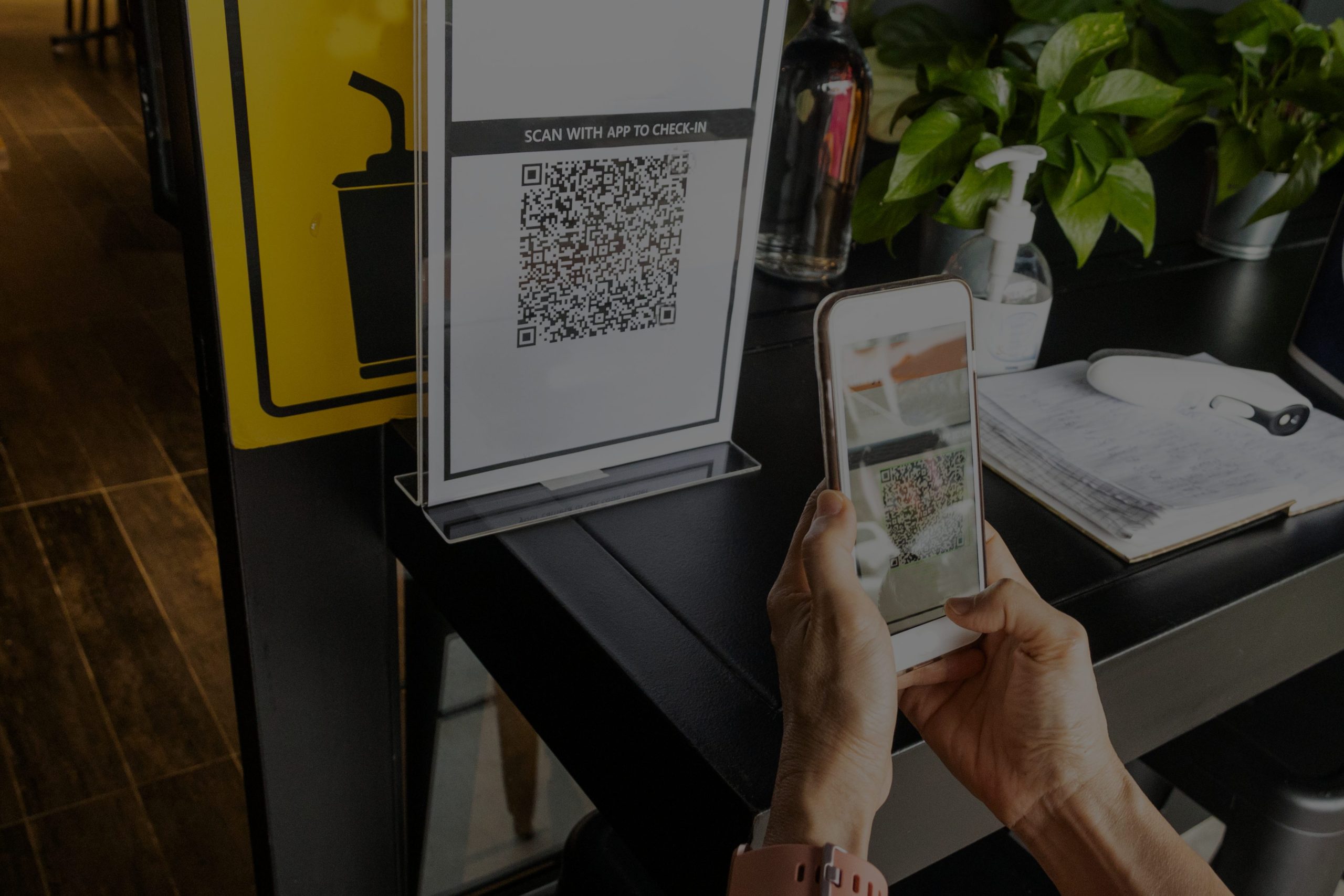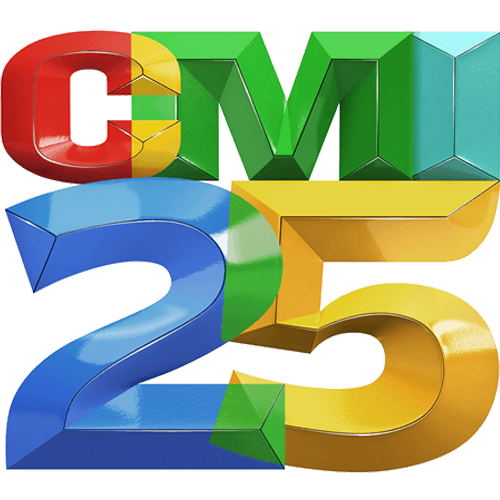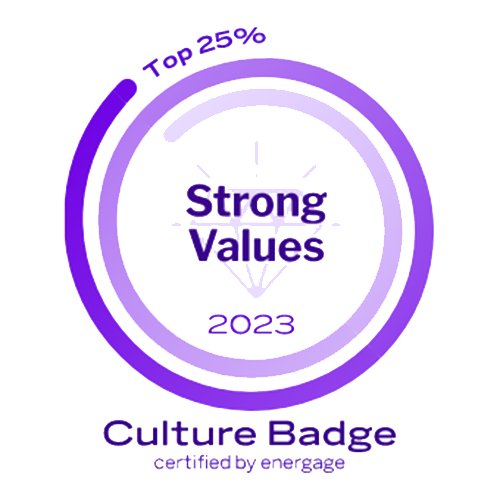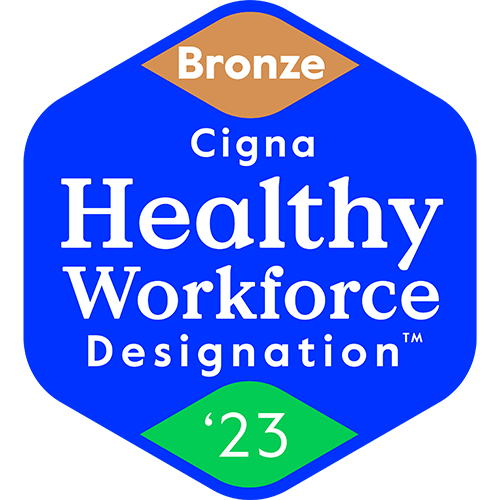In-person meetings and events are making a steady comeback as the peak of the COVID-19 pandemic recedes further into the past. The worst of the crisis may be over, but risk of infection remains. Event professionals must plan for every possibility to ensure the safety of their attendees. To minimize the potential spread of illness, it’s critical that event organizers understand contact tracing before hosting an in-person program.
Contact tracing is the process of identifying individuals who have been in contact with someone diagnosed with a contagious disease. Once identified, these individuals are advised to quarantine and possibly seek treatment. This process didn’t begin with COVID-19; it has been used to track and control other diseases like tuberculosis, immunodeficiency virus, and sexually transmitted diseases for decades.
According to the Center for Disease Control and Prevention (CDC), contact tracing is a crucial strategy to prevent the spread of COVID-19. In addition to notifying an individual about their exposure, public health departments offer information and resources about symptoms, local testing sites, and quarantine protocols.
You can do the same. Here are some popular contact tracing methods to keep your event as safe as possible.
Identify prolonged exposure contacts
This “boots on the ground” approach involves interviewing and surveying attendees who have tested positive for COVID-19 to identify others with whom they have been in close contact. The CDC identifies close contact as 15 minutes of contact with an infectious person over the course of a 24-hour period.
This process can be streamlined by giving attendees wearable technology that will automatically pinpoint and contact those who were within six feet of the infected individual for an extended period.
Use contact tracing tools
When it comes to using technology to assist with contact tracing, there’s more than one option to consider:
Option 1: Geolocating (Through Volan), ~$200k
As the more expensive option, geolocation can be thought of as the “pro” package. Attendees are given a card to place into their name badge, which tracks their specific movements throughout the event space.
Geolocating stations are placed throughout the area to monitor attendees wearing the card.
PROS:
- Ability to monitor attendee movements and interactions with accuracy.
- Robust analytics provide intel on an infected attendee’s journey through the event space, allowing event planners to see who they interacted with and where.
CONS
- If an attendee loses or does not return the card, it’s a $15/person fee to replace.
- Once an attendee is outside of designated event spaces (bars, hotel rooms, off-property), you cannot track their interactions.
- Common spaces like bathrooms become grey zones that numerous people will enter throughout the event, which can be difficult to track.
Option 2: Scanning (Through Validar), ~$10k
In this option, self-scanning stations are set up outside Learning Labs or other sessions where attendees are in more confined spaces.
Reporting is provided for who was in which room and when they were there.
PROS:
- Allows attendees to scan themselves and helps keep groups contained.
CONS:
- Badges designs will need to accommodate QR codes.
- Attendees may need to stay in small groups throughout the event, including during meals, general sessions, and so on.
- As with geolocation, scanning cannot track attendees who leave established event spaces.
Know the tools of the trade
The various technologies used in contact tracing can sometimes be confusing to keep track of. Here are a couple key terms to remember:
Radio frequency identification (RFID): This describes any passive technology that attendees wear, like a tag, fob, or wristband. Once sensors are installed in the meeting place, the technology tracks when a person’s fob crosses a sensor and then compares it to other people’s fobs going by the same location. RFID is typically a more expensive option for contact tracing due to the costs of fobs and sensors.
Bluetooth low energy (BLE) tracing application: This tracking system works as an application that attendees will need to download onto their smartphones. BLE technology does not require room sensors or a wearable technology. Instead, the system uses other smartphones as beacons to identify attendees who remain in close contact with one another.
Plan to communicate
Regardless of which contact tracing method you may choose, communicating with attendees is crucial. Have an email or phone script prepared prior to the conference to keep guests informed in an instant.
Click here to see a sample email
Hi Attendee,
We have been notified that an individual who was present at our event on [MM/DD/YYYY] has been diagnosed with COVID-19. You may have been in close contact with this person during this time.
According to the Centers for Disease Control and Prevention (CDC), the virus is spread between people who are in close contact with one another, less than six feet apart for ten minutes or longer.
Please follow the latest CDC Guidelines for instruction on isolation, quarantining, and taking next steps for your health and safety. Please follow up with your local physician for additional questions about your health.
If you have more questions related to the protocols and response to COVID-19 for [Event Name], please visit our COVID-19 dashboard.
Sincerely,
[Business Name]
Best practices for contact tracing
Speed: Your attendees need to be informed as soon as possible! Create a communication plan ahead of time with pre-written alerts for rapid response.
Flexibility: It’s always a good idea to develop plans and policies ahead of your event. However, if state or federal guidelines change, your plans will likely have to change with them. Keep up with the latest information and prepare to adjust your program accordingly.
Platform Configuration: Once you’ve determined how contact tracing will be used in your event, be sure to test the platform beforehand to ensure everything runs smoothly. This is also a good time to set your preferred parameters.
Stakeholder Buy-In: It’s important that you have support from your key stakeholders. If your team and attendees know their executives support and use the contact tracing tools, they’re more likely to follow suit.
Trustworthiness: If a positive case occurs, remain calm and trust your system to work as intended. Remember, you’re in control. Don’t reveal any names of individuals who test positive. Refer attendees to their local general physicians and public safety resources. It’s important that you also have trust in your attendees.
Contact tracing is an effective tool for slowing the spread of COVID-19, and it helps to reassure attendees that their safety is a top priority as they transition back to in-person events. Even so, contact tracing should be applied as one part of a comprehensive approach to in-person event safety.
A proper safety plan should include face coverings, some social distancing, vaccine suggestions, hand hygiene, and well-coordinated messaging. Additionally, event planners should work with state and local health officials to meet all local safety requirements.











